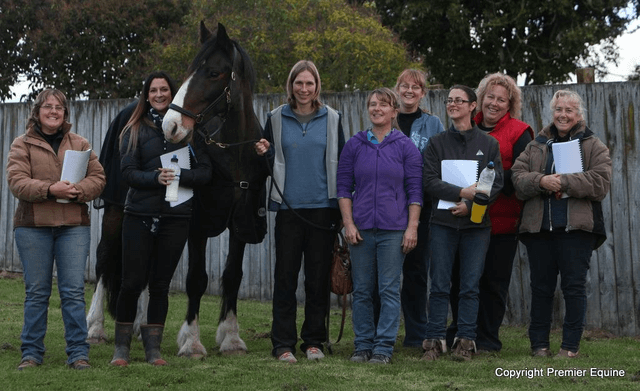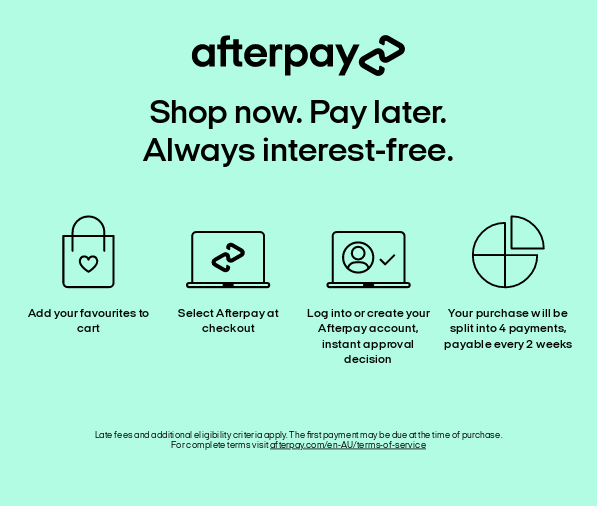

June 2016 Massage Course at Premier Equine Services
Massage Course
The first Massage Course was launched in 2004. So many people, horses, and ponies have benefited from the knowledge Rachel has shared since that time.
The last course ran in November 2020. Due to Covid 19 restrictions in Auckland, courses were not scheduled in 2021.
This weekend course is designed to teach the basic principles of Equine Massage so you can massage your own horses or friends and family’s horses. The techniques taught are very simple and effective based which are massage techniques, pressure release, and mobilization of the spine.
No prior massage experience is needed, just a love of helping horses.
Every horse suffers from some degree of muscular pain and stress. Not all of us are aware of this or have the specific training to determine between the horse playing up and whether they are in pain. It can be frustrating at times when something’s wrong and you have to wait days or weeks for the therapist to come and treat your horse. With a few skills learned in the course, you will be able to help your own horse and others.
This is a very practical course. Each day will start with a theory session and after morning tea practical sessions in the stable block. Everyone will work in pairs for the massage practice. Rachel will demonstrate the different massage strokes and techniques one step at a time. Each pair practicing will practice and Rachel will spend one on one time with each person.
Day One
- Benefits of massage therapy.
- Treating a horse safely.
- Anatomy of spine and limbs.
- Palpation assessment, identifying and feeling tight spots, recognising atrophy of muscles and muscle spasms.
- Bony Land Mark palpation finding the feeling the bones and drawing them on the horse with chalk.
- When not to massage a horse.
- Understanding the horse's facial expressions and body language.
- Understand visual signs of relief and discomfort when working on the horse.
- Massage of the hindquarter muscles and back muscles.
Day Two
- Understand basic movements of the back and how it functions
- Back lifting and strengthening exercises.
- How to identify muscle soreness, and muscle imbalances.
- We will discuss how the horse compensates and builds muscles in the wrong places.
- What order to massage muscles so they release effectively.
- Massage zones and areas to massage.
- Massage of the internal obliques, ribs, back and withers.
- Back problems and kissing spine.
- Some of the things that cause muscular problems.
- When a horse may have a problem.
- Massage of the neck, chest and shoulders.
- How nutrition and supplements relate to health and wellbeing of your horse.
70 Page Course Manual Will Be Provided In Colour Which Includes
- Full list of muscles and their functions.
- Anatomy pictures.
- Pictures of massage strokes and directions.
- All theory content contained in the course.
Facilities
Large undercover barn with 8 stables, small paddocks and arena with parking for trucks and floats. Toilet, microwave, and fridge.
Course Times
No courses in 2025
Course Cost
No courses in 2025
Venue Address
Frequently Asked Questions
Can I bring a Horse for the Day?
You can bring a horse for the day at no charge. Please confirm with Rachel via email or text if you are bringing one.
Do I need to bring a Horse for the Course?
Its not necessary to bring a horse especially if you are travelling. Horses will be provided.
Can I stay overnight at the venue with my horse?
Yes you are welcome to stay overnight. Their is undercover stables or small paddocks for $20 per night.

Benefits People Have Experienced After Attending The Massage Course
“It has given me an insight into how a horse functions. A broader range of knowledge just like humans a horse is very complex and to be able to help a horse feel good in general and enjoy being ridden without any aches and pain. To help the owners understand what could have been affecting their horse and hindering its performance”.
Adele Watkins, Papamoa
Attending the massage courses has been a great experience for me because I love horses and sometimes is quite frustrating to see them that have old or recent injuries and they are not moving correctly, especially when looking at horses that I know can have great movements and they are not able because they are stiff or sore. So the benefit of this course has been to be able to help them with a simple and non-invasive technique. Looking at them after giving the massage and being able to appreciate a nice extended trot or a clean lateral movement fills me with proudness and comfort. The 3 most important things I learned in the course are to listen and recognize the horse’s problems. Those difficult problems can be treated with a simple technique. Giving a massage to a horse is something that can be done several times and improves the way of living of a horse, benefits the rider, and makes the most out of both.
ANA MARIA BARRIENTOS, Chile

Arena At Clifton Equestrian
Since coming over from Scotland, New Zealand has never stopped giving me opportunities within the horsey world and I have taken every single one and used them to my full benefit. The massage course was one of them. Although there are massage courses back at home, usually you have to have some sort of qualification to do them.
Rachel’s course has opened my eyes to a world of potential to get a job within the horse world that does not involve mucking out and has many more benefits to the horse. It has given me more of an understanding and a desire to learn as much as I can on the subject.
Since doing the course I have done more courses including the bioptron light and Reiki in the hope of communicating better and being more considerate of the horse’s needs.
I now want to further my knowledge into healing as I enjoy and feel I have found the gift to relieve with energy and hopefully will put this into my massage.
LISA WALLACE – Scotland
